- Home
- William C. Dietz
Halo. Flood Page 2
Halo. Flood Read online
Page 2
“Status!” Keyes barked. “What just hit us?”
“Covenant fighter, sir. Seraph-class,” the tactical officer, Lieutenant Hikowa, replied. Her porcelain features darkened. “Tricky bastard must have powered down and slipped past our sentry ships.”
A humorless grin tugged at Keyes’ mouth. Hikowa was a first-rate tactical officer, utterly ruthless in a fight. She seemed to take the Covenant fighter pilot’s actions as a personal insult. “Teach him a lesson, Lieutenant,” he said.
She nodded and tapped a series of orders into her panel—new orders for the Autumn’s fighter squadron.
A moment later, there was radio chatter as one of the Autumn’s C709 Longsword fighters went after the Seraph, followed by a cheer as the tiny alien ship transformed into a momentary sun, complete with its own system of co-orbiting debris.
Keyes wiped a trickle of sweat from his forehead. He checked his display—they’d reverted back into real space twenty minutes ago. Twenty minutes, and the Covenant picket patrols had already found them and started shooting.
He turned to the bridge’s main viewport, a large transparent bubble slung beneath the Autumn’s bow superstructure. A massive purple gas giant—Threshold—dominated the spectacular view. One of the Longsword fighters glided past as it continued its patrol.
When Keyes had been given command of the Pillar of Autumn, he’d been skeptical of the large, domed viewport. “The Covenant are tough enough,” he had argued to Vice Admiral Stanforth. “Why give them an easy shot into my bridge?”
He’d lost the argument—captains don’t win debates with admirals, and in any case there simply hadn’t been time to armor the viewport. He had to admit, though, the view was almost worth the risk. Almost.
He absently toyed with the pipe he habitually carried, lost in thought. It ran completely counter to his nature to slink around in the shadow of a gas giant. He respected the Covenant as a dangerous, deadly enemy, and hated them for their savage butchery of human colonists and fellow soldiers alike. He had never feared them, however. Soldiers didn’t hide from the enemy—they met the enemy head-on.
He moved back to the command station and activated his navigation suite. He plotted a course deeper in-system, and fed the data to Ensign Lovell, the navigator.
“Captain,” Hikowa piped up. “Sensors paint a squadron of enemy fighters inbound. Looks like boarding craft are right behind them.”
“It was just a matter of time, Lieutenant.” He sighed. “We can’t hide here forever.”
The Autumn seemed to glide out of the shadow cast by the gas giant, and into bright sunlight.
Keyes’ eyes widened with surprise as the ship cleared the gas giant. He had expected to see a Covenant cruiser, Seraph fighters, or some other military threat.
He hadn’t expected to see the massive object floating in a Lagrange point between Threshold and its moon, Basis.
The construct was enormous—a ring-shaped object that shimmered and glowed with reflected starlight, like a jewel lit from within.
The outer surface was metallic and seemed to be engraved with deep geometric patterns. “Cortana,” Captain Keyes said. “What is that?”
A thirty-centimeter-high hologram faded into view above a small holopad near the captain’s station. Cortana—the ship’s powerful artificial intelligence—frowned as she activated the ship’s long-range detection gear. Long lines of digits scrolled across the sensor displays and rippled the length of Cortana’s “body” as well.
“The ring is ten thousand kilometers in diameter,” Cortana announced, “and twenty-two point three kilometers thick. Spectroscopic analysis is inconclusive, but patterns do not match any known Covenant materials, sir.”
Keyes nodded. The preliminary finding was interesting, very interesting, since Covenant ships had already been present when the Autumn dropped out of Slipspace and right into their laps. When he first saw the ring, Keyes had a sinking feeling that the construct was a large Covenant installation—one far beyond the scope of human engineering. The thought that the construct might also be beyond Covenant engineering held some small comfort.
It also made him nervous.
Under intense pressure from enemy warships in the Epsilon Eridani system—the location of the UNSC’s last major naval base, Reach—Cortana had been forced to launch the ship toward a random set of coordinates, a standard procedure to lead the Covenant forces away from Earth.
Now it appeared that the men and women aboard the Pillar of Autumn had not succeeded in leaving their original pursuers behind. The Covenant had followed them here. Wherever “here” was.
Cortana aimed a long-range camera array at the ring and a close-up snapped into focus. Keyes let out a long, slow whistle. The construct’s inner surface was a mosaic of greens, blues, and browns—trackless desert, jungles, glaciers, and oceans. Streaks of white clouds cast deep shadows on the terrain below. The ring rotated and brought a new feature into view: a tremendous hurricane forming over a large body of water.
Equations again scrolled across the AI’s semitransparent body as she continued to evaluate the incoming data. “Captain,” Cortana said, “the object is clearly artificial. There’s a gravity field that controls the ring’s spin and keeps the atmosphere inside. I can’t say with one hundred percent certainty, but it appears that the ring has an oxygen-nitrogen atmosphere, and Earth-normal gravity.”
Keyes raised an eyebrow. “If it’s artificial, who the hell built it, and what in God’s name is it?”
Cortana processed the question for a full three seconds. “I don’t know, sir.”
Regulations be damned, Keyes thought. He took out his pipe, used an old-fashioned match to light it, and produced a puff of fragrant smoke. The ringworld shimmered on the status monitors. “Then we’d better find out.”
Sam Marcus rubbed his aching neck with hands that trembled with fatigue. The rush of adrenaline that had flooded him when he’d received Tech Chief Shephard’s instructions had worn off. Now he just felt tired, strung out, and more than a little afraid.
He shook his head to clear it and surveyed the small observation theater. Each cryostorage bay was equipped with such a station, a central monitoring facility for the hundreds of cryotubes the storage bays held. By shipboard standards, the Cryo Two Observation Theater was large, but the proliferation of life-sign monitors, diagnostic gauges, and computer terminals—tied directly into the individual cryotubes stored in the bay below—made the room seem cramped and uncomfortable.
A chime sounded and Sam’s eyes swept across the status monitors. There was only one active cryotube in this bay, and its monitor pinged for his attention. He double-checked the main instrument panel, then keyed the intercom. “He’s coming around, sir,” he said. He turned and looked out the observation bay’s window.
Tech Chief Thom Shephard waved up at Sam from the floor of Cryostorage Unit Two. “Good work, Sam,” he called back. “Almost time to pop the seal.”
The status monitors continued to feed information to the observation theater. The subject’s body temperature was approaching normal—at least, Sam assumed it was normal; he’d never awakened a Spartan before—and most of the chemicals had already been flushed out of his system.
“He’s in a REM cycle now, Chief,” Sam called out, “and his brainwave activity shows he’s dreaming—that means he’s pretty much thawed. Shouldn’t be long now.”
“Good,” Shephard replied. “Keep an eye on those neuro readings. We packed him in wearing his combat armor. There may be some feedback effects to watch out for.”
“Acknowledged.”
A red light winked to life on the security terminal, and a new series of codes flashed across the screen:
>WAKE-UP SERIES STANDBY. SECURITY LOCK [PRIORITY ALPHA] ENGAGED.
>X-CORTANA.1.0–CRYOSTOR.23.4.7
“What the hell?” Sam muttered. He keyed the bay intercom again. “Thom? There’s something weird here . . . some kind of security lockout from the bridge.�
�
“Acknowledged.” There was a static-spotted click as Shephard looped in the bridge channel. “Cryo Two to Bridge.”
“Go ahead, Cryo Two,” a female voice replied, laced with the telltale warble of synthesized speech.
“We’re ready to pop the seal on our . . . guest, Cortana,” Shephard explained. “We need—”
“—the security code,” the AI finished. “Transmitting. Bridge out.”
Almost instantly, a new line of text scrolled across the security screen:
>UNSEAL THE HUSHED CASKET.
Sam hit the execute command, the security lockout dropped away, and a countdown timer began marking time until the wake-up sequence would be completed.
The soldier was coming around. Respiration was up, ditto his heart rate, as both returned to normal levels. Here he is, Sam thought, a real honest-to-god Spartan. Not just any Spartan, but maybe the last Spartan. The shipboard scuttlebutt said that the rest of them had bought the farm at Reach.
Like his fellow techs, Sam had heard of the program, though he’d never seen an actual Spartan in person. In order to deal with increasing civil turmoil the Colonial Military Administration had secretly launched Project ORION back in 2491. The purpose of the program was to develop super-soldiers, who would receive special training and physical augmentation.
The initial effort was successful, and in 2517 a new group of Spartans, the II-series, had been selected as the next generation of super-soldier. The project had been intended to remain secret, but the Covenant War had changed all that.
It was no secret that the human race was on the verge of defeat. The Covenant’s ships and space technology were just too advanced. While human forces could hold their own in a ground engagement, the Covenant would simply fall back into space and glass the planet from orbit.
As the situation grew increasingly grim, the Admiralty was faced with the ugly prospect of fighting a two-front war—one against the Covenant in space, and another against the collapsing human society on the ground. The general public and the rank-and-file in the military needed a morale boost, so the existence of the SPARTAN-II project was revealed.
There were now successful heroes to rally behind, men and women who had taken the fight to the enemy and won several decisive battles. Even the Covenant seemed to fear the Spartans.
Except they were gone now, all but one, sacrificed to protect the human race from the Covenant and the very real possibility of extinction. Sam gazed on the soldier in front of him with something akin to awe. Here, about to rise as if from a grave, was a true hero. It was a moment to remember, and if he was lucky enough to survive, to tell his children about.
It didn’t make him any less afraid, however. If the stories were true, the man gradually regaining consciousness in the bay below was almost as alien, and certainly as dangerous, as the Covenant.
He was floating in the never-never land somewhere between cryo and full consciousness when the dream began.
It was a familiar dream, a pleasant dream, and one which had nothing to do with war. He was on Eridanus II—the colony world he’d been born on, long since destroyed by the Covenant. He heard laughter all around.
A female voice called him by name—John. A moment later, arms held him, and he recognized the familiar scent of soap. The woman said something nice to him, and he wanted to say something nice in return, but the words wouldn’t come. He tried to see her, tried to penetrate the haze that obscured her face, and was rewarded with the image of a woman with large eyes, a straight nose, and full lips.
The picture wavered, indistinct, like a reflection in a pond. In an eyeblink, the woman who held him transformed. Now she had dark hair, piercing blue eyes, and pale skin.
He knew her name: Dr. Halsey.
Dr. Catherine Halsey had selected him for the SPARTAN-II project. While most believed that the Spartans had been culled from the best of the UNSC military, only a handful of people knew the truth.
Halsey’s program involved the actual abduction of specially-screened children. The children were flash-cloned—which made the duplicates prone to neurological disorders—and the clones covertly returned to the parents, who never suspected that their sons and daughters were duplicates. In many ways, Dr. Halsey was the only “mother” that he had ever known.
But Dr. Halsey wasn’t his mother, nor was the pale semi-translucent image of Cortana that appeared to replace her.
The dream changed. A dark, nebulous shape loomed behind the Mother/Halsey/Cortana figure. He didn’t know what it was, but it was a threat—of that he was certain.
His combat instincts kicked in, and adrenaline coursed through him. He quickly surveyed the area—some kind of playground, with high wooden poles, distantly familiar—and decided on the best route to flank the new threat. He spied an assault rifle, a powerful MA5B, nearby. If he placed himself between the woman and the threat, his armor could take the brunt of an attack, and he could return fire.
He moved quickly, and the dark shape howled at him—a fierce and terrifying war cry.
The beast was impossibly fast. It was on him in seconds.
He grabbed the assault rifle and turned to open fire—and discovered to his horror that he couldn’t lift the weapon. His arms were small, underdeveloped. His armor was gone, and his body was that of a six-year-old child.
He was powerless in the face of the threat. He roared back at the beast in rage and fear—angry not just at the threat, but at his own sudden powerlessness . . .
The dream started to fade, and light appeared in front of the Spartan’s eyes. Vapor vented, swirled, and began to dissipate. A voice came, as if from a great distance. It was male and matter-of-fact.
“Sorry for the quick thaw, Master Chief—but things are a bit hectic right now. The disorientation should pass quickly.”
A second voice welcomed him back and it took the Spartan a moment to remember where he’d been prior to entering the cryotube. There had been a battle, a terrible battle, in which most if not all of his Spartan brothers and sisters had been killed. Men and women with whom he had been raised and trained since the age of six, and who, unlike the dimly remembered woman of his dreams, constituted his real family.
With the memory, plus subtle changes to the gas mix that filled his lungs, came strength. He flexed his stiff limbs. The Spartan heard the tech say something about “freezer burn,” and pushed himself up and out of the cryotube’s chilly embrace.
“God in heaven,” Sam whispered.
The Spartan was huge, nearly two-and-a-half meters tall. Encased in pearlescent green battle armor, the man looked like a figure from mythology—otherworldly and terrifying. Master Chief Spartan 117 stepped from his tube and surveyed the cryo bay. The mirrored visor on his helmet made him all the more fearsome, a faceless, impassive soldier built for destruction and death.
Sam was glad that he was up here in the observation theater, rather than down on the Cryo Two main floor with the Spartan.
He realized that Thom was waiting for diagnostic data. He checked the displays—neural pathways clear, no fluctuations in heartbeat or brainwave activity. He opened an intercom channel. “I’m bringing his health monitors online now.”
Sam watched as Thom led the Spartan to the various test stations in the bay, pitching in where he was required. In short order, the soldier’s gear had been brought online—recharging shield system, real-time health monitors, targeting and optical systems all read in the green.
The suit—code-named MJOLNIR armor—was a marvel of engineering, Sam had to admit. According to the specs he’d received, the suit’s shell consisted of a multilayered alloy of remarkable strength, a refractive coating that could disperse a fair amount of directed energy, a crystalline storage matrix that could support the same level of artificial intelligence usually reserved for a starship, and a layer of gel which conformed to the wearer’s skin and functioned to regulate temperature.
Additional memory packets and signal conduits had been implanted
into the Spartan’s body, and two externally accessible input slots had been installed near the base of his skull. Taken together, the combined systems served to double his strength, enhance his already lightning-fast reflexes, and make it possible for him to navigate through the intricacies of any high-tech battlefield.
There were substantial life-support systems built into the MJOLNIR gear. Most soldiers went into cryo naked, since covered skin generally reacted badly to the cryo process. Sam had once worn a bandage into the freezer and discovered the affected skin blistered and raw when he woke up.
The Spartan’s skin must have hurt like hell, he realized. Through it all, though, the soldier remained silent, simply nodding when asked questions or quietly complying with requests from Thom. It was eerie—he moved with mechanistic efficiency from one test to the next, like a robot.
Cortana’s voice rang from the shipwide com: “Sensors show inbound Covenant boarding craft. Stand by to repel boarders.”
Sam felt a pang of fear—and sorrow for the Covenant troops that would have to face this Spartan in combat.
The neural interface which linked the Master Chief to his MJOLNIR armor was working perfectly, and immediately fed data to his helmet’s heads-up display on the inside surface of his visor.
It felt good to move around, and the Master Chief quietly flexed his fingers. His skin itched and stung, a side effect of the cryo gases, but he quickly banished the pain from his awareness. He had long ago learned how to disassociate himself from physical discomfort.
He’d heard Cortana’s announcement. The Covenant were on their way. Good. He scanned the room for weapons, but there was no arms locker present. The lack of weapons wasn’t of great concern to him; he’d taken weapons away from Covenant soldiers before.
The intercom crackled again: “Bridge to Cryo Two—this is Captain Keyes. Send the Master Chief to the bridge immediately.”
One of the techs started to object, pointing out that more tests were required, when Keyes cut in. He said, “On the double, crewman,” and the rating gave the only reply he could.

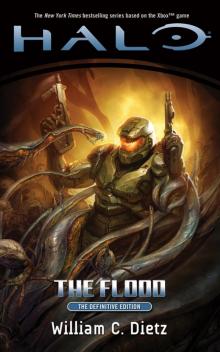 Halo: The Flood
Halo: The Flood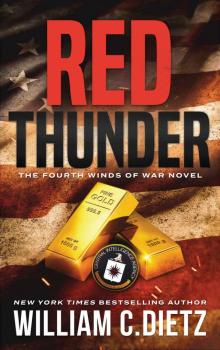 Red Thunder (Winds of War Book 4)
Red Thunder (Winds of War Book 4)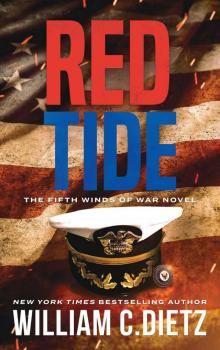 Red Tide
Red Tide Graveyard
Graveyard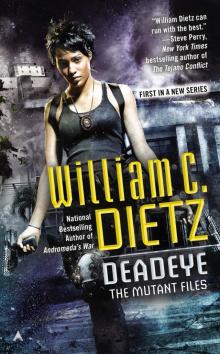 Deadeye
Deadeye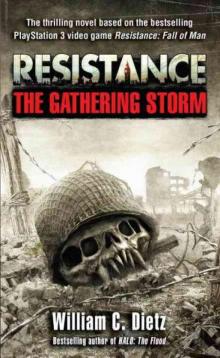 Resistance: The Gathering Storm r-1
Resistance: The Gathering Storm r-1 Legion Of The Damned - 02 - The Final Battle
Legion Of The Damned - 02 - The Final Battle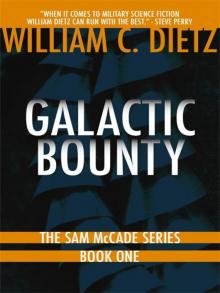 Galactic Bounty
Galactic Bounty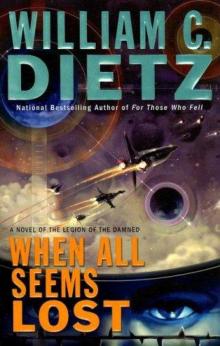 When All Seems Lost
When All Seems Lost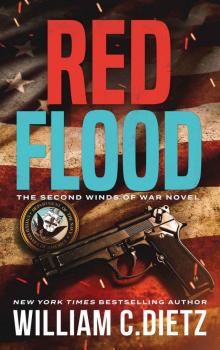 Red Flood (Winds of War Book 2)
Red Flood (Winds of War Book 2)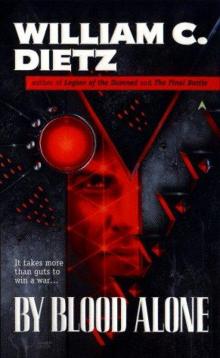 By Blood Alone
By Blood Alone Andromeda's War (Legion of the Damned Book 3)
Andromeda's War (Legion of the Damned Book 3) Hitman: Enemy Within
Hitman: Enemy Within Bodyguard
Bodyguard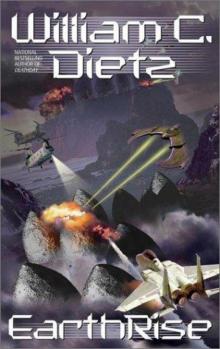 EarthRise
EarthRise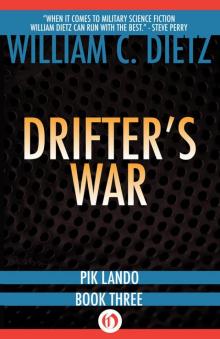 Drifter's War
Drifter's War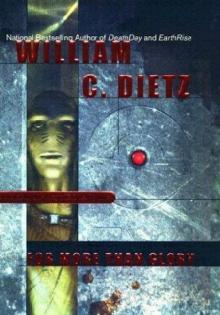 For More Than Glory
For More Than Glory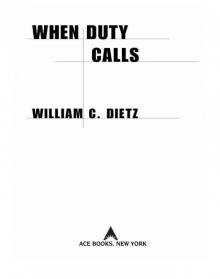 When Duty Calls
When Duty Calls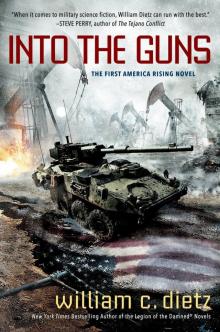 Into the Guns
Into the Guns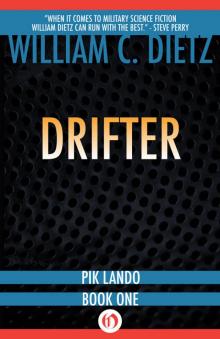 Drifter
Drifter Ejecta
Ejecta When All Seems Los lotd-7
When All Seems Los lotd-7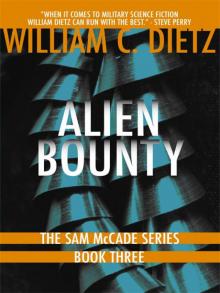 Alien Bounty
Alien Bounty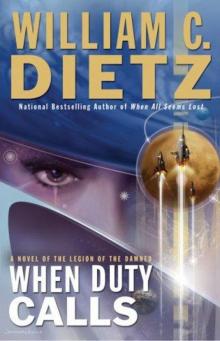 When Duty Calls lotd-8
When Duty Calls lotd-8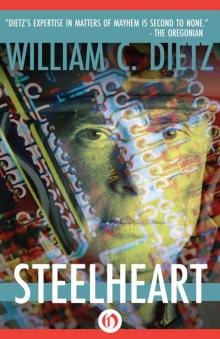 Steelheart
Steelheart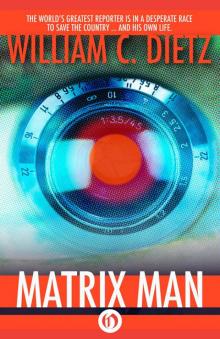 Matrix Man
Matrix Man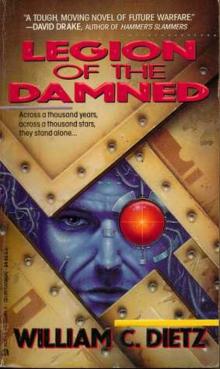 Legion of the Damned
Legion of the Damned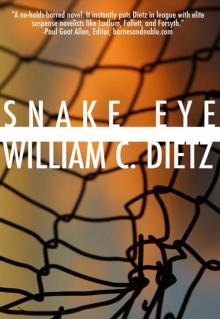 Snake Eye
Snake Eye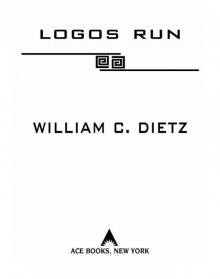 Logos Run
Logos Run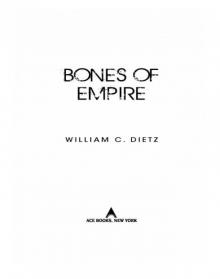 Bones of Empire
Bones of Empire McCade's Bounty
McCade's Bounty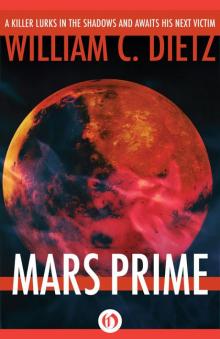 Mars Prime
Mars Prime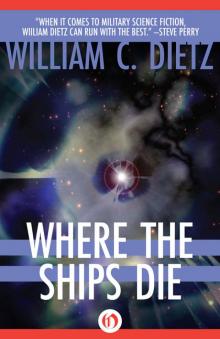 Where the Ships Die
Where the Ships Die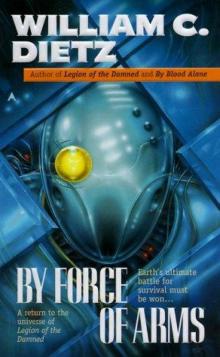 By force of arms lotd-4
By force of arms lotd-4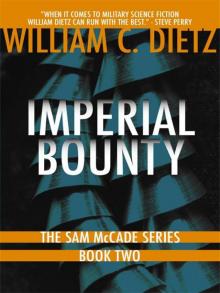 Imperial Bounty
Imperial Bounty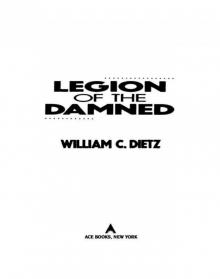 Legion Of The Damned - 01 - Legion of the Damned
Legion Of The Damned - 01 - Legion of the Damned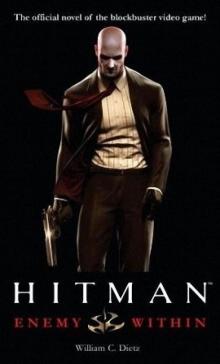 Hitman: Enemy Within h-1
Hitman: Enemy Within h-1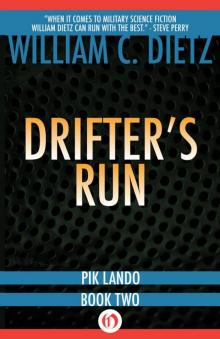 Drifter's Run
Drifter's Run A Fighting Chance
A Fighting Chance McCade on the Run (Sam McCade Omnibus)
McCade on the Run (Sam McCade Omnibus)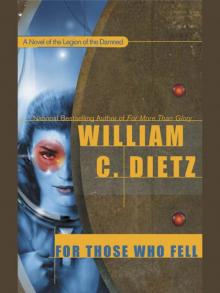 Legion Of The Damned - 06 - For Those Who Fell
Legion Of The Damned - 06 - For Those Who Fell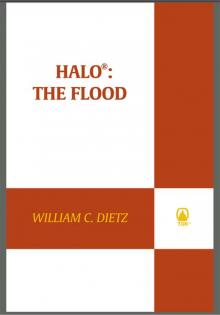 Halo. Flood
Halo. Flood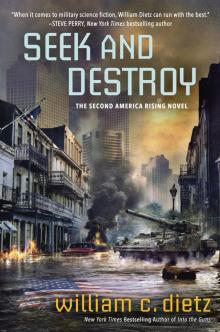 Seek and Destroy
Seek and Destroy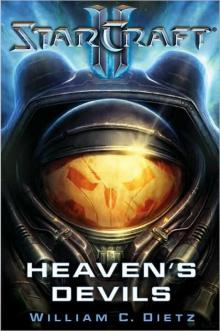 Heaven's Devils si-1
Heaven's Devils si-1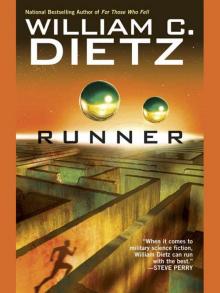 Runner
Runner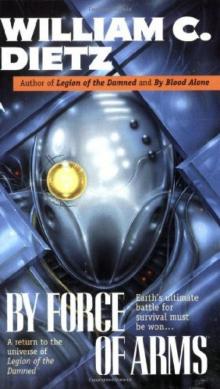 By Force of Arms
By Force of Arms A Hole in the Sky
A Hole in the Sky The Seeds of Man
The Seeds of Man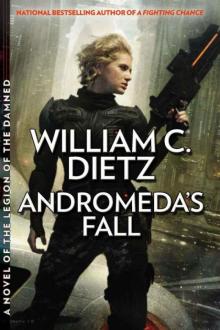 Andromeda's Fall
Andromeda's Fall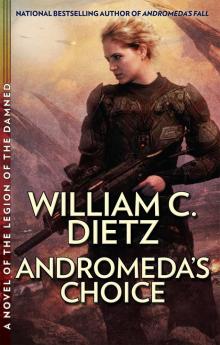 Andromeda’s Choice
Andromeda’s Choice Prison Planet
Prison Planet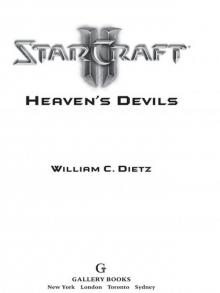 Heaven’s Devils
Heaven’s Devils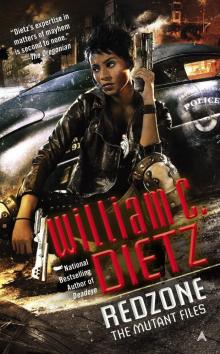 Redzone
Redzone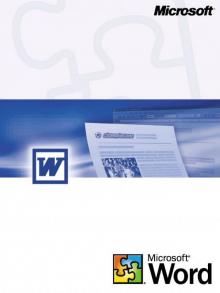 Jedi Knight
Jedi Knight